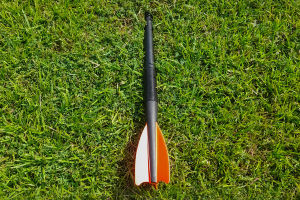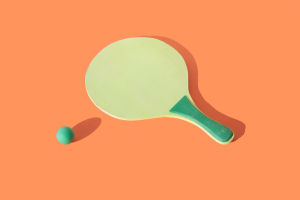The beach ball, as a classic outdoor toy, has become an iconic item at summer beaches and resorts.
Its simple design and versatility make it suitable for various occasions, from family gatherings to beach parties, and even sports competitions.
History
The history of the beach ball dates back to the early 20th century. Although its exact invention date is unclear, it is generally believed that the idea for the beach ball originated from the popularity of ball games. In the 1920s, with the rise of seaside vacation culture, the beach ball became an important tool for summer activities.
Over time, the beach ball evolved from a mere entertainment tool to a cultural symbol, appearing in many beach movies, advertisements, and tourism promotions.
Basic Construction
The basic structure of a beach ball typically consists of an inflatable inner bladder and an outer layer made of soft materials. The outer layer is usually made of plastic, polyvinyl chloride (PVC), or other durable materials, which allow the beach ball to withstand long-term use in seawater and sunlight.
Its inflatable design makes it lightweight, easy to carry, and maneuver. The diameter of the beach ball generally ranges from 30 to 50 centimeters, with variations depending on different brands and designs, but most are designed for family entertainment.
Variety of Games
The ways to play with a beach ball are diverse, from simple tossing and catching to more complex team competitions. Here are some common beach ball games:
1. Traditional Toss and Catch: This is the simplest game, suitable for interaction between family or friends. On the beach or grass, participants take turns tossing the beach ball to one another, enjoying the fun of catching and passing.
2. Beach Volleyball: Beach volleyball is a classic beach sport that incorporates the beach ball into the game, requiring two teams to hit the ball in an attempt to land it on the opposing team’s side. During the match, players often have to run and jump on the sand, making this game a true test of teamwork and individual athletic ability.
3. Beach Soccer: On the beach, soccer games played with a beach ball are very popular. Unlike traditional soccer, beach soccer has more flexible rules and pace but still retains the fundamental gameplay of soccer. Due to the unique conditions of the beach, this game is both fun and challenging.
4. Water Tossing Game: This activity is perfect for the summer beach. Participants can toss and catch the beach ball while playing in shallow water, enjoying the fun of water activities while improving body coordination.
Market and Development
In the modern market, there are many different types of beach balls.
In addition to traditional colorful beach balls, many creative beach balls have emerged, such as glowing beach balls, LED beach balls, and puzzle beach balls. These innovative products not only offer more diverse functionality but also have more attractive appearances, catering to the needs of users of all ages.
With the development of technology, the design of beach balls has become more refined. Some high-tech beach balls even incorporate smart elements, such as built-in sensors or functions that can be controlled through an app, further enhancing the entertainment experience.
As a classic outdoor entertainment tool, the beach ball has a long history, diverse gameplay, and occupies an important place in culture. With the advancement of technology, its market continues to evolve, but its position as a symbol of summer has never changed. It is not just a toy but also a medium for spreading joy and relaxation.







